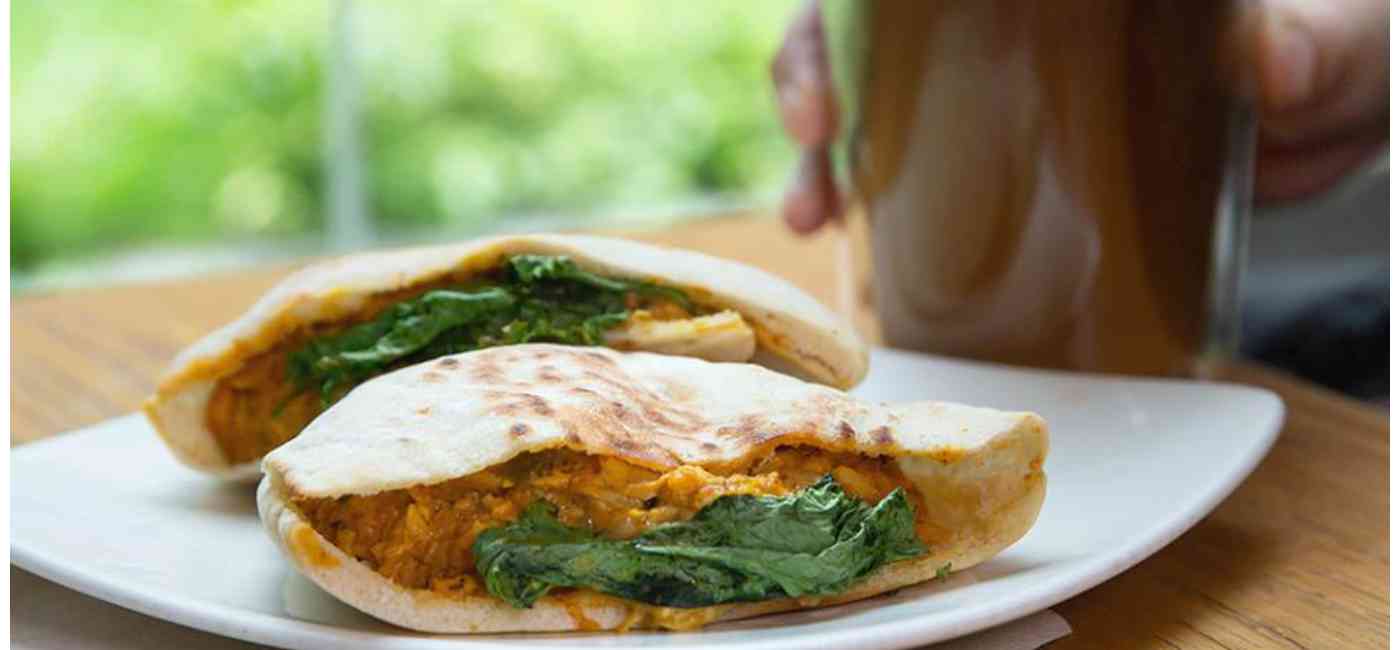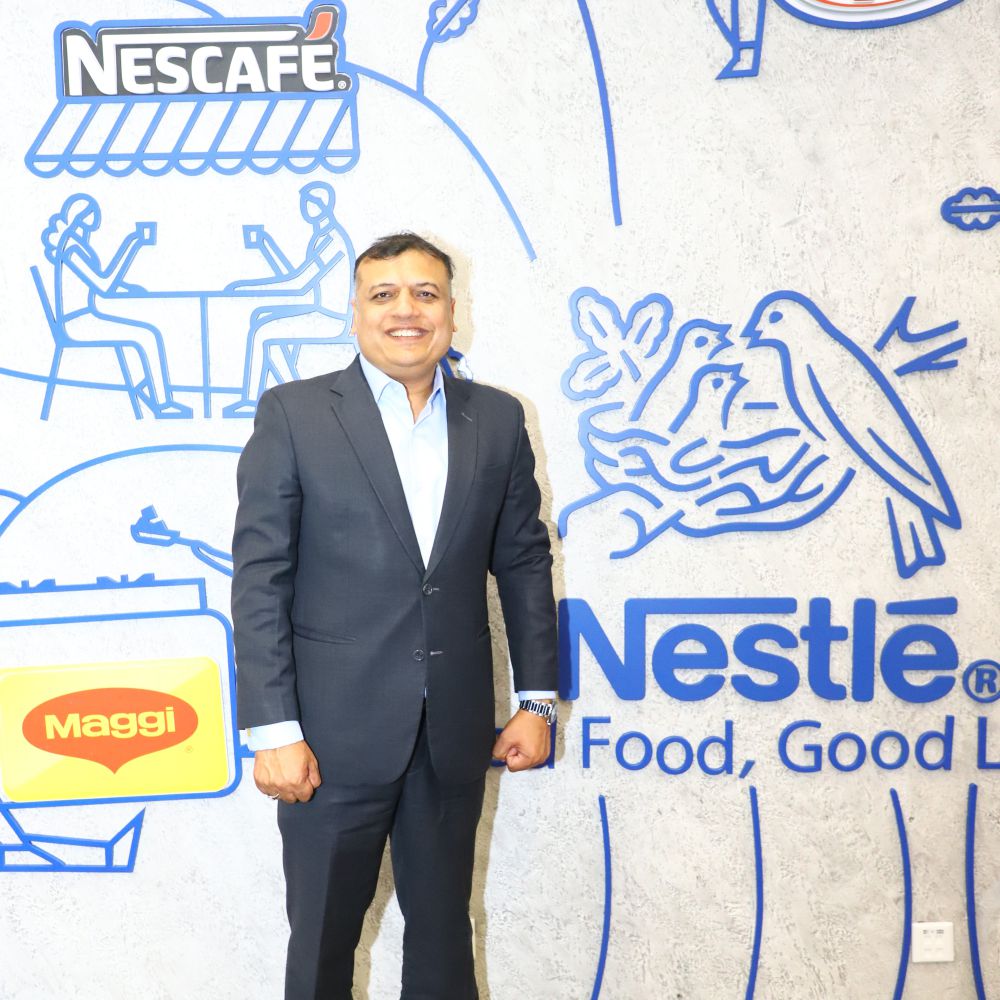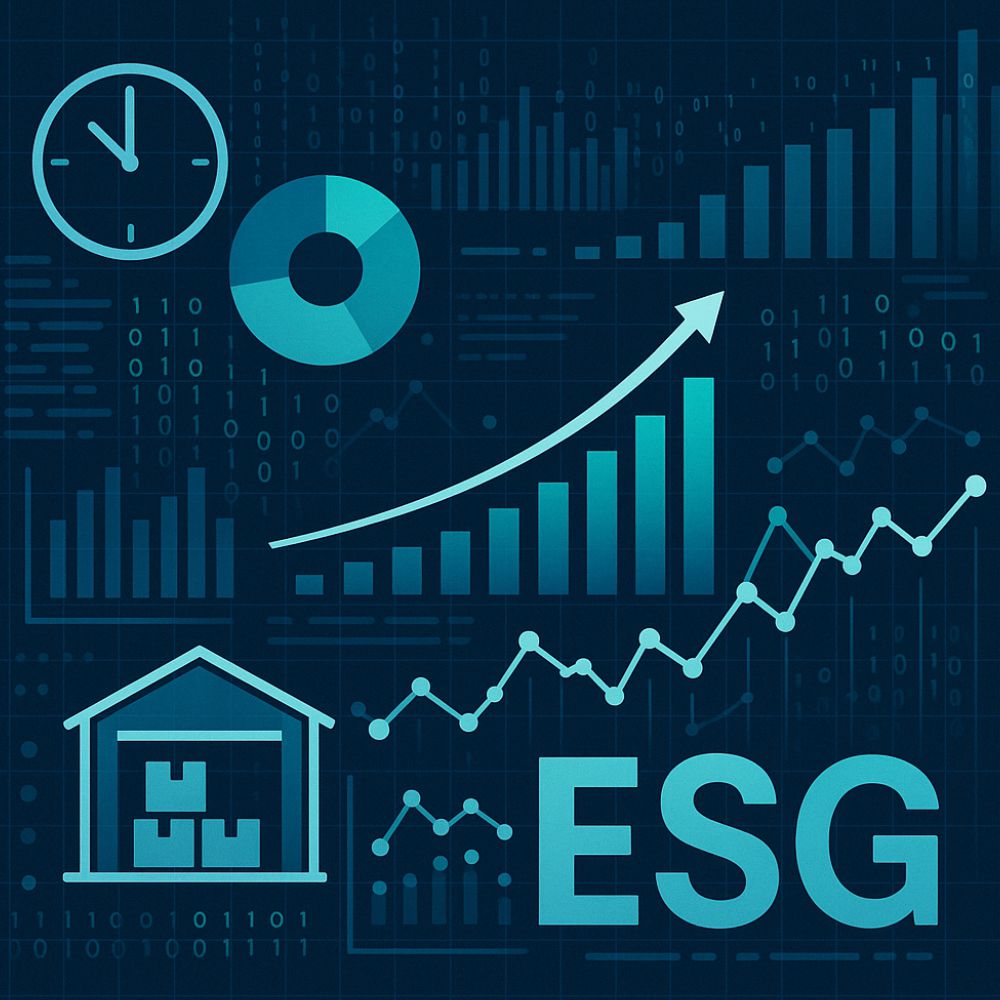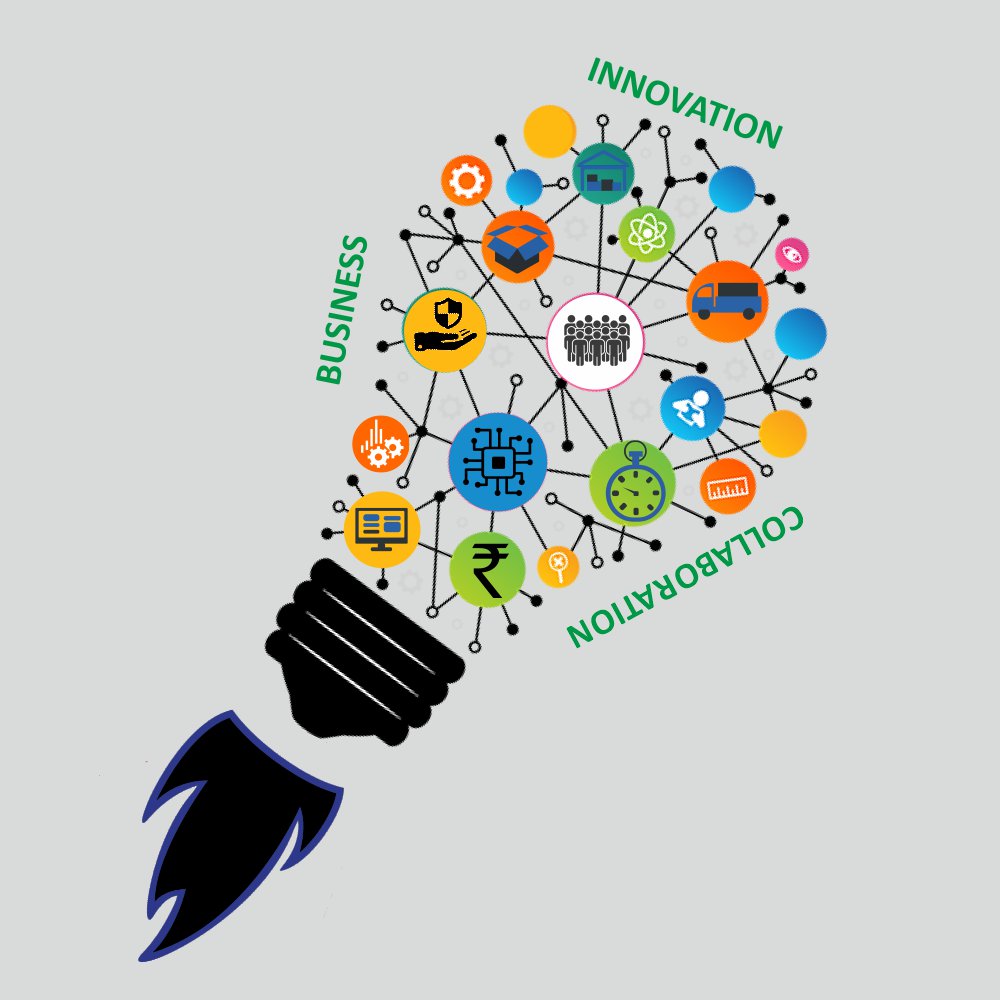“Last mile is the most unorganized and disintegrated part of the supply chain in India. The products get transported in bulk for the most part of the supply chain and it is relatively easier to control the product handling when in bulk. However, in the last mile, every single delivery gets exposed to different conditions of temperature and handling. Also, this leg is what the consumer feels directly as part of buying experience. So, if this leg is not well equipped, all the hard work of previous legs gets washed out with a bad customer experience,” elucidates Dr Seema Narera, GM Supply Chain, Tata Starbucks, during a tête-à-tête. Excerpts…
It’s been a new journey for you at Starbucks. Kindly share with us your experience so far.
Since it’s just been 6 months from the time I joined Starbucks, the journey has been quite enriching and excellent. I am not saying it as a cliché’ but I genuinely mean it. Tata Starbucks is an organization which truly values its culture, its people and their passion. As we all know Tata as a group stands for a strong connecting value. It’s a company with a soft heart. Everything we do has an angle of people and community to it.
What factors have enabled Starbucks’ tremendous growth?
The brand stands for offering the best experience to its consumers. We believe in providing the best cup of coffee, served by the best partners, in the best ambience. We have the best people as our partners and they believe in building a strong connect with the customers. We believe that more than coffee or place, they just like the feeling of being there with their friends, colleagues or the loved ones. Starbucks has actually become a part of their lifestyle and routine. This offering of a preferred third place has blended fabulously with Indian culture. Yes, price wise we are serving a premium coffee brand but considering the periphery that comes with a cup of coffee, it’s surely a great value proposition for our customers. You must be knowing that Starbucks has become quite popular among entrepreneurs as a preferred place to work from. Thus ultimately it’s all about offering an experiential journey.
In India, Starbucks is only 6 years old brand. Growth driver for us has been new store openings. Our topline & bottomline will continue to get better as we open more stores because that gives us scale advantage and we are able to cater to larger audience as well. In the entire scheme of things, the crucial role of supply chain has been to find the best way to supply fresh products at each of our stores on a daily basis. It’s been a journey with its own set of challenges. We have to scout for suppliers and a lot of products which were imported earlier are now being sourced locally with an aim to get cost benefit. Our primary focus has been in finding local vendors who can give us the same quality ingredients that we had been sourcing from abroad. At the same time, we are also scouting for newer vendors to expand our base in newer regions.
What are the USPs of your supply chain?
Our supply chain is extremely well integrated with the operations of the company as well as the partners involved in the business. This has been a differentiating factor for us from the rest. Integration makes sure that we can deliver fresh products without any delay. The phenomenon is just not applicable to supply chain, but the entire business process. No one in the system is thinking about individual KPIs, everyone is working towards one common organizational goal and that’s what has been driving us seamlessly.
What are the considerations on the basis of which you select a 3PL service provider?
We deal with food products and more importantly perishables. When our customers are placing their trust on the Starbucks brand, we need to make sure that we offer them the best quality, healthy and fresh products every time they walk-in to a Starbucks store. For us, the most important criteria is to have that trust on our suppliers that our food products, which are being transported by them, are being kept in the right temperature conditions and handled in the right manner. Our vendors need to make sure that there is no temperature abuse or no contamination instances. There is no damage to the product and it has been handled as per the prescribed criteria. For us, a long-term trust plays a very important role because we can’t afford to lose the customers’ trust with a single case of contamination or product damage. If any vendor is not meeting that criteria gets filtered out ultimately. Our basic premise is trust & reliability in handling our products.
You talked about ambient temperature conditions and we all know that cold chain facilities in India are not upto global standards. How do you match them up to your standards?
There are two aspects to it: one is training and the second is disciplining. First is making sure that the vendor or supplier knows what to do and second is making sure that they have the intent to do it. Our dealings are completely transparent where we clearly define our requirements, their roles, improvement areas, etc. We have very stringent guidelines to evaluate supplier capability & quality standards and basis that we decide the vendor empanelment. We make sure that our suppliers are also educated on what is desired out of them and what is the scope for improvement. As far as disciplining the vendors is concerned, when there is trust & reliability in the relationship, the onus of delivering the products in right condition becomes a joint onus. Our vendors need to take the ownership in order to enhance ours as well as their business performance. Therefore, we really believe in close collaboration. That’s also precisely the reason that we are quite stringent in our vendor selection approach. If trust isn’t there, then intent building can’t happen. We are happy to partner with them in process improvement, QA certification, technology investments etc. At the same time if certain quality specifications are not met, then there is a very stringent exit clause as well.
What are the technology tools implemented by you? How has tech integration happened?
As far as QA systems are concerned, we are investing heavily and we are even motivating our vendors to invest where we are happy to share the cost too. We are partnering with vendors who can give us live report as well as history reports so that at any point of time we should be able to track the status of goods in transit. I am not denying that there is a plethora of technology tools available, but the matter of fact remains that the entire cold chain spectrum is quite disintegrated. The entire value chain needs to be seamless and system analytics should be able to give us insights about every store delivery in an effortless manner without any error. Getting those insights is the biggest challenge for a supply chain manager. We are working on the integration of different checkpoint processes and vendor reports.
You are a part of global organization. How different is the supply chain vis-à-vis other countries?
In India, logistics is at a very primitive stage. Because of the infrastructure backbone, it’s very easy for other countries to consolidate. It’s easier to get an end-to-end solution from vendor vis-à-vis in our country. For instance, in other countries, we would be able to find vendors who have their own fleet of vehicles as well as they can supply fresh produce from their in-house kitchen too. In that case, we don’t need to run around two different places, which is the case in India. We procure raw material from somewhere, we collect pre-cooked food from some other place and have contracted a third party transporter for logistical milestones. All these not only boil down to an additional cost, but also stretch our delivery timelines. If the entire process is integrated and is the responsibility of one vendor, then it becomes easy to manage the quality & freshness of the product. The unorganized state of affairs is actually hampering our growth in a big way. Poor state of infrastructure adds to the on-time delivery woes. As we operate majorly in Metro cities, higher traffic congestion results in higher unpredictability in the timely delivery. On the contrary, infrastructurally sound countries are able to deliver products seamlessly at lower cost. All our deliveries are managed at night as there are restrictions in the city entry points, thus causing wastage of man-hours during the non-operational hours.
What are the global best practices imbibed by Indian venture?
Some of the global best practices that we brought in India are that there is a temperature check at every transition point from the kitchen to the vehicle, from vehicle to store, etc. At the same time, we follow the same stringent food handling criteria that is being followed globally which varies for different product types. We have a common globally accepted standard operating procedures (SOPs) to handle food items. The same SOPs are being followed by our kitchens, our logistics partners as well as store fronts.
How has been the career like as you have worked with some of the biggest Fortune 100 companies? What crucial learnings have you gained in your career so far?
One of the learnings has been that it’s always good to be open about things around us. One should view his/her role from the lens of organizational goals and not just specific to one’s individual KPIs. Professionals need to get out of their respective silos and work towards achieving organizational goals harmoniously. This way not only one gets to learn various business nuances, but it also opens up entirely new professional avenue of opportunities for their career growth. It’s good to struggle in the task assigned to you, learn from mistakes and adapt to changes thrown at you. By doing this, one gets to learn newer things and help in shaping a well-rounded professional. In short, being open and ready to experiment is the key.
There are very few women in supply chain. What’s your take on that and how can it be enhanced over a period of time?
Historically this has been a nonglamorous function. Warehousing and transportation has always been an unorganized sector. Dealing with labourers at warehouses requires a certain kind of behavioural skills, which at times restricts women to be on the job. The scenario remains the same at manufacturing sites as well. Additionally, supply chain roles have been based out of manufacturing units or warehousing hubs which are far-flung. It again raises concerns for women employees to work under such adverse situations. Having said that, times are changing and women today are ready to take up the role as the warehouses are becoming more organized, tech savvy and well connected. Companies are taking the diversity inclusion as part of their HR policies, which involves taking certain measures to make workplace women friendly. Risk taking appetite of women have also increased over the years. Organized players and larger corporates are also making the entire workplace for women more conducive.
How do you see Indian supply chain taking a transformative turn from here on?
In the vendor space, there will be newer opportunities which didn’t exist at all 10-15 years ago. With the advent of larger groups coming into the supply chain industry, things will evolve for fresh graduates and new age managers. Good thing is that the sector itself will become avenue for supply chain professionals to make their career.
Secondly, e-commerce is going to drive the scope of supply chain professional in the near future. In online retail, supply chain is the lifeline and everything else is just a peripheral aspect. Supply chain professionals who have been in the business for more than 15-20 years might not be having an inclination and a thorough understanding on running an e-commerce supply chain. In contrary, new age professionals can quickly grab this opportunity and make a mark in this burgeoning space to climb the ladder. As e-commerce are also trying to put their act together, they are happy to take risks with new talent as they are nimble, agile and adaptable. They are happy to try new, experiment newer roles, learn on the job, etc.
These two are going to be the key enablers in shaping up the future supply chain. Moreover, with the fast paced technological interventions, things will pretty much fall in place. Technology, e-commerce and infrastructural development will cohesively change the course of supply chain in India.
What has been one of the most challenging days in your tenure at Starbucks?
No one day as such stands out as the most challenging but I sort of struggled in my initial days when I began learning the nuances of food/beverage items. The Gourmet world is completely different from FMCG or retail world. People here have refined taste palates. They can really decipher and describe taste and aroma variation. Initially, all of this was Greek and Latin for me. Understanding the different coffee profiles, roasting processes, brewing processes, taste profiles is a mix of art and science. I am still in the process of learning all of that.
How do you ensure the best quality product on shelf to satisfy customers on time every time?
There are precisely three pillars, which actually help us in ensuring that the best quality products are available on-shelf. These include:
• Stringent Sourcing Criteria (As per Global guidelines)
• Processes (QA and Supply chain integrated)
• Vendor collaboration (For storage and delivery).
During a recent conference, it was aptly said that ‘last mile is the first mile to improve’, your experience and expertise on the same…
Last mile is the most unorganized and disintegrated part of the supply chain in India. The products get transported in bulk for the most part of the supply chain and it is relatively easier to control the product handling when in bulk. However in the last mile, every single delivery gets exposed to different condition of temperature and handling. Also, this leg is what the consumer feels directly as part of buying experience. So, if this leg is not well equipped, all the hard work of previous legs get washed out with a bad customer experience.
How do you keep up with the competition to sustain customer base?
If you observe our stores, you will notice that no two stores are alike while all the stores have a ‘Starbucks soul’ to it. Every store is part of its neighbourhood and it is supposed to serve what works best in that neighbourhood. We are ready to evolve and offer variety across locations basis the local taste profile and preference. This helps our stores in getting integrated in respective locality and community. Continuous innovation in food & beverage offerings excite the customer and give them a reason to celebrate while keeping the basics of ‘Best cup of coffee at a preferred place’ constant.

Categories

Magazine Editions

























